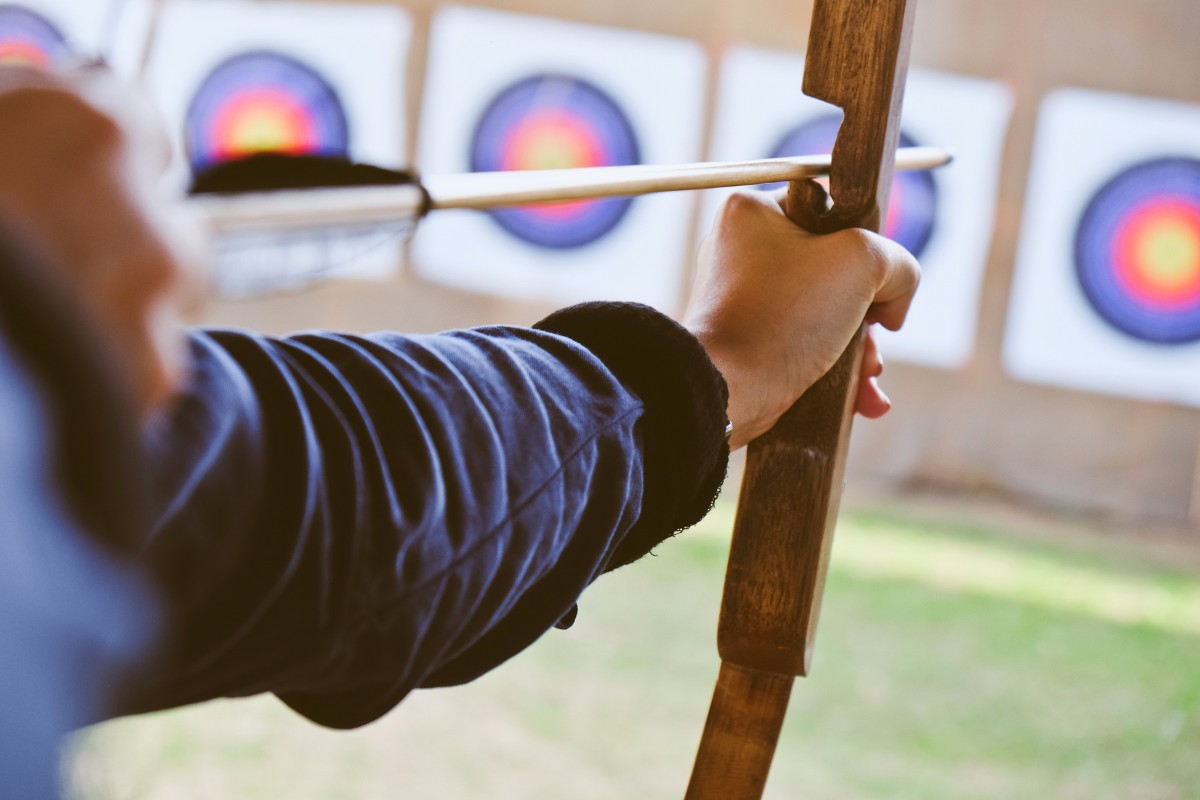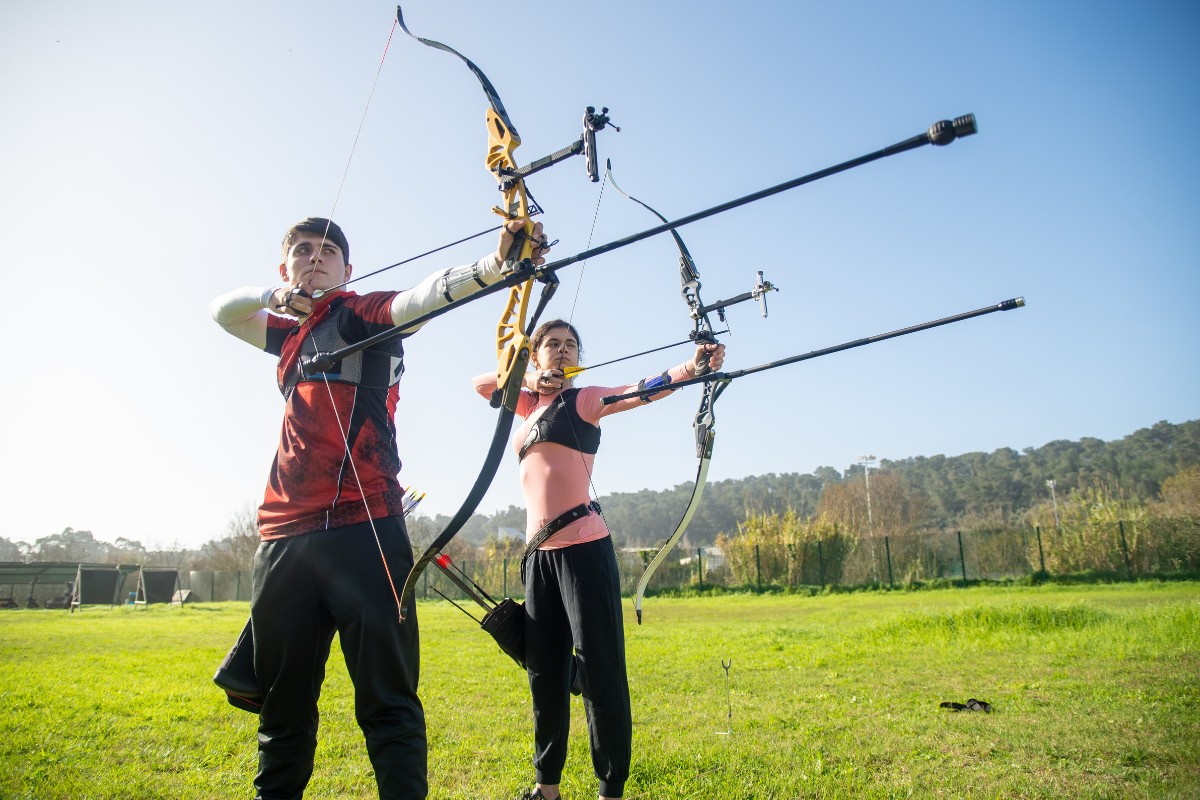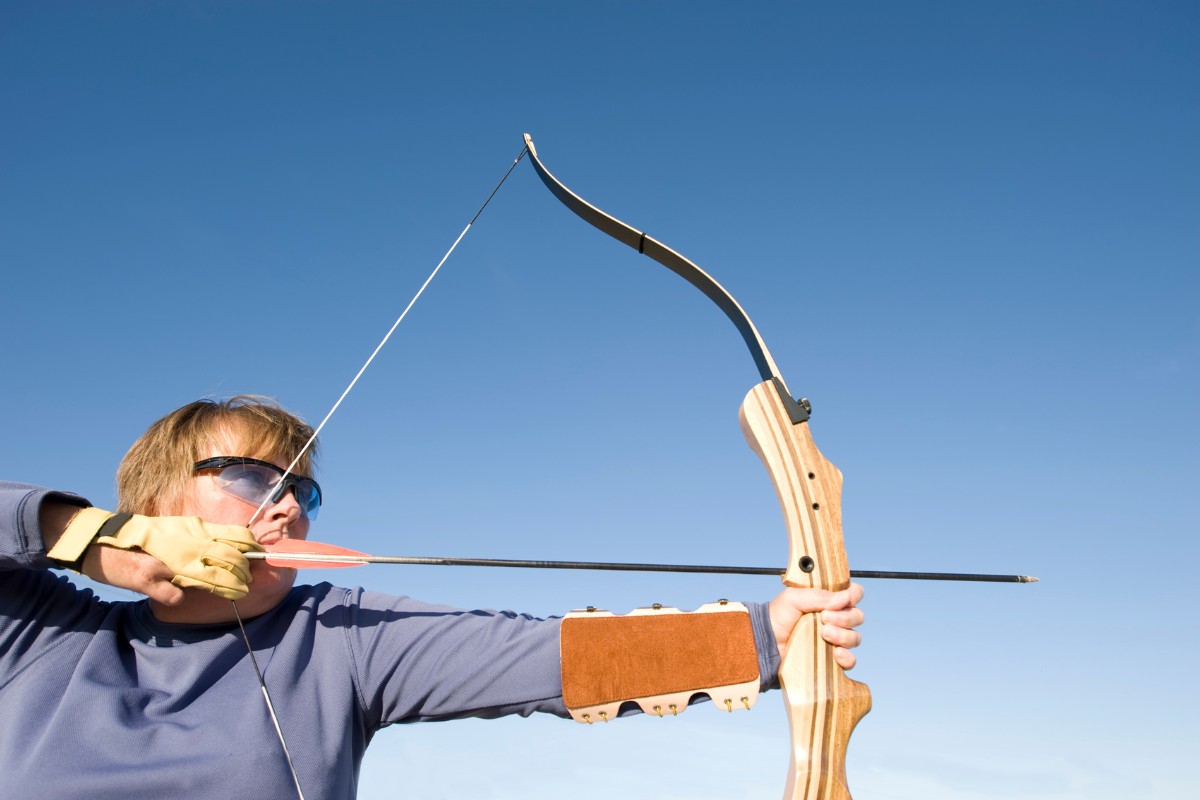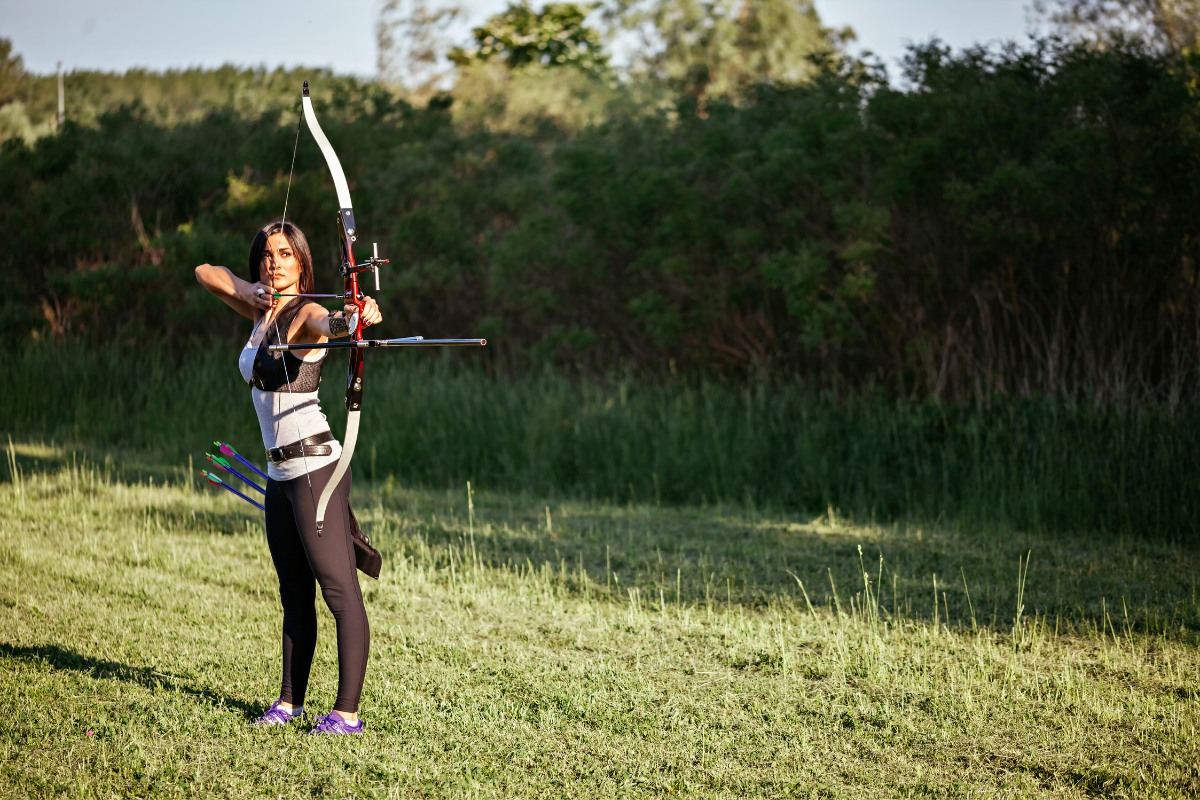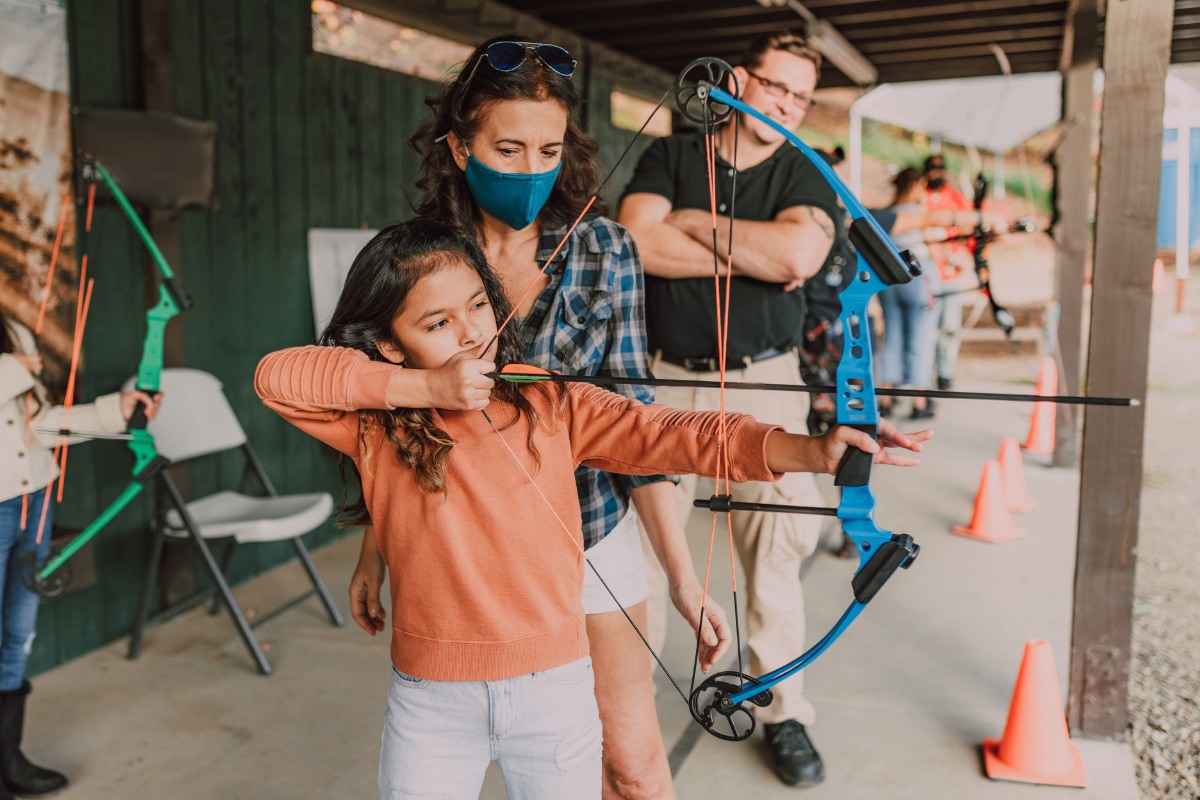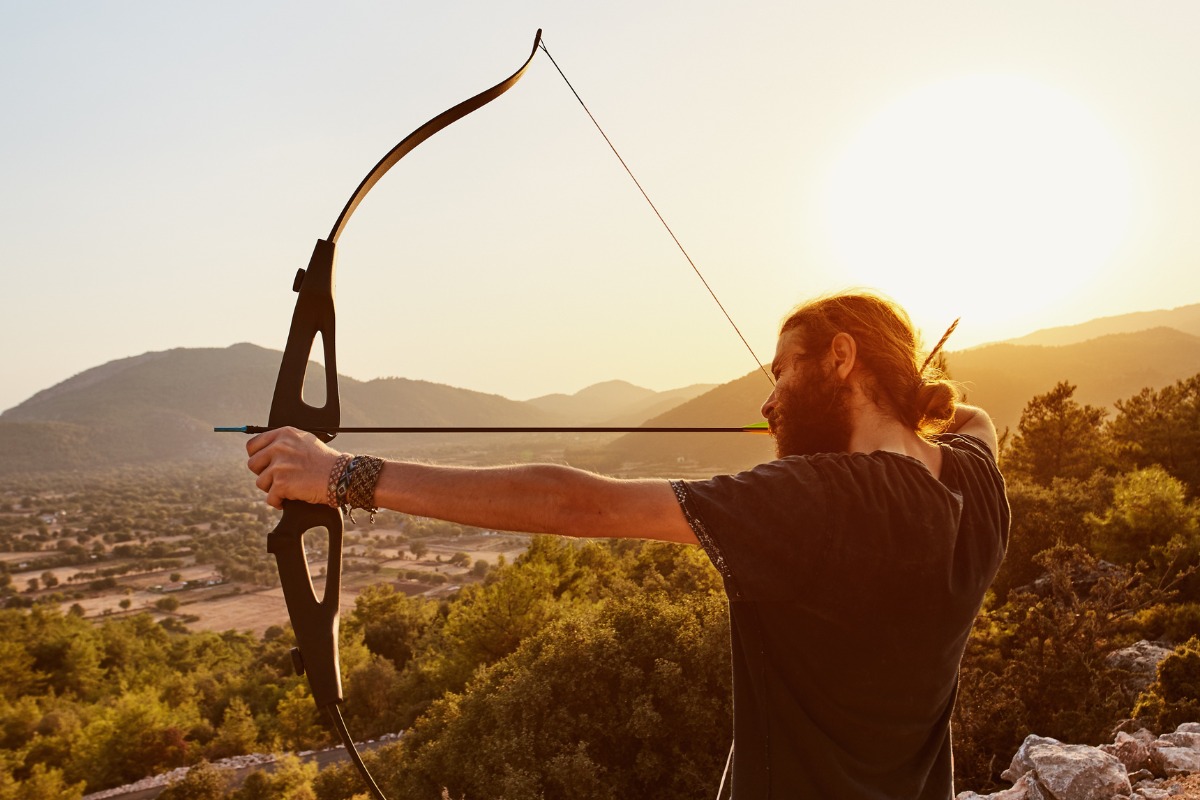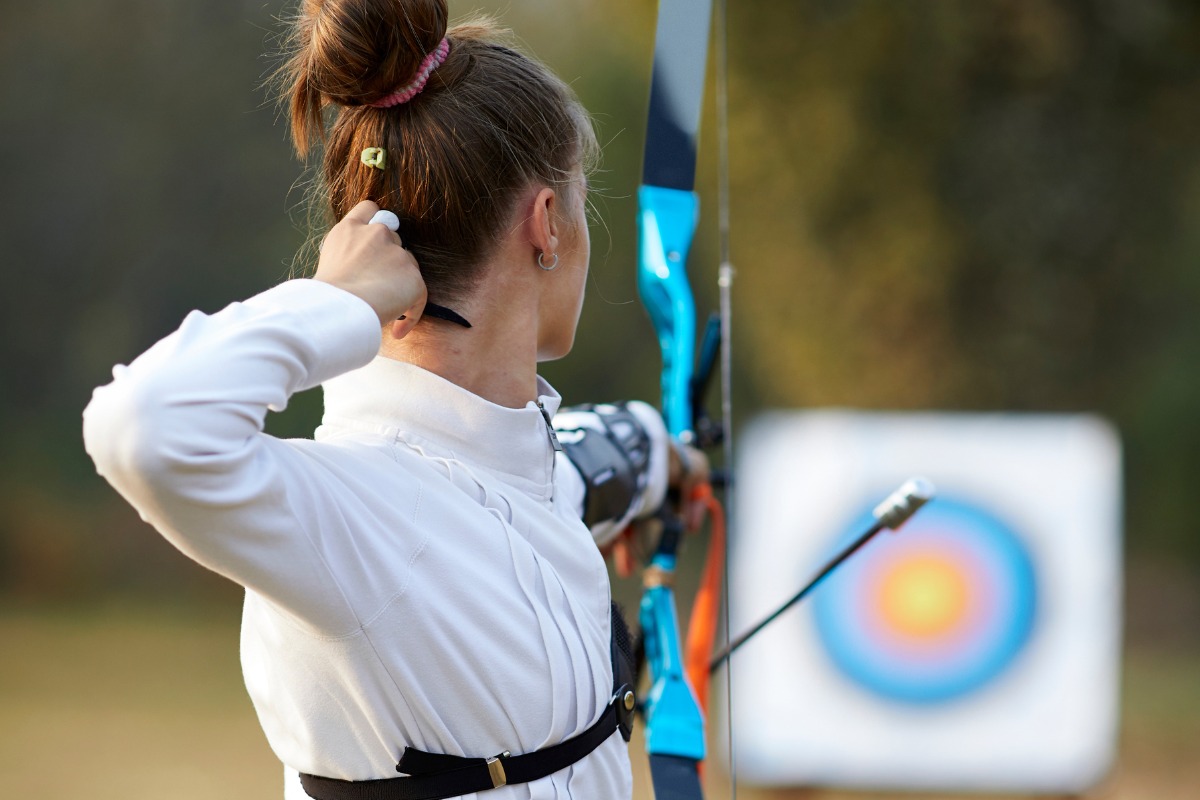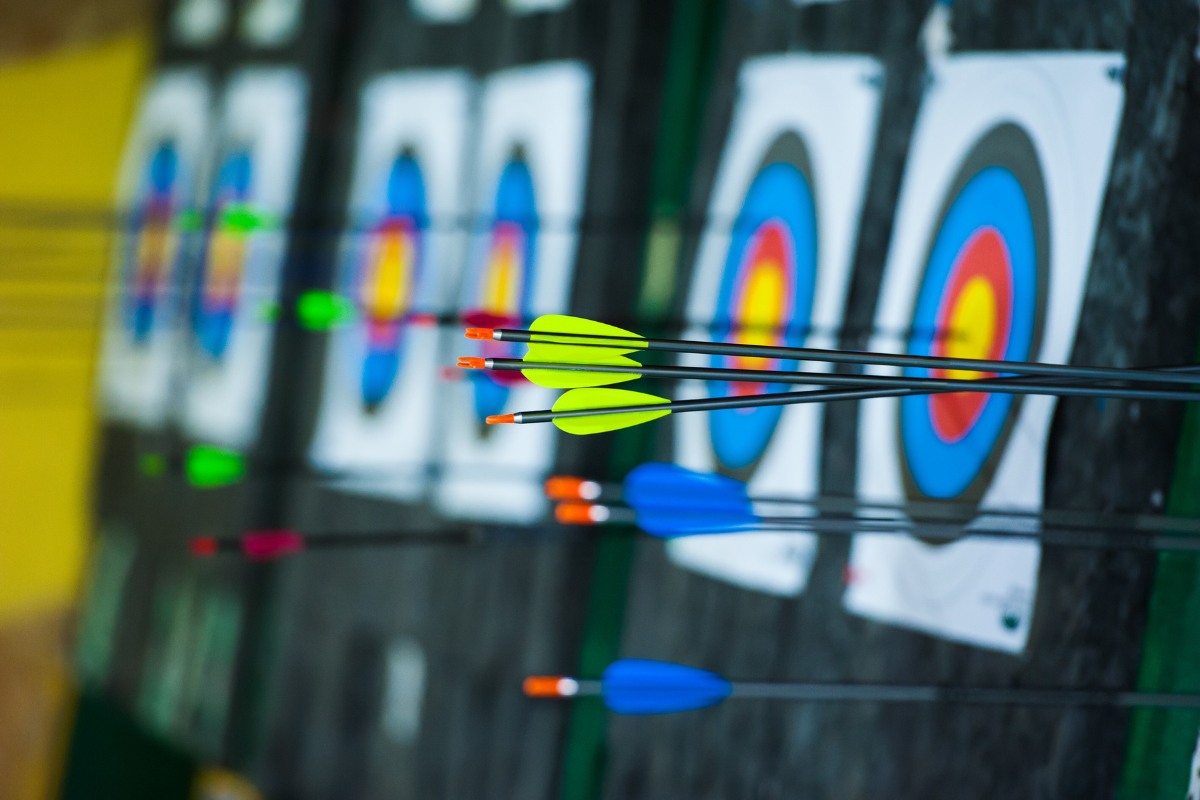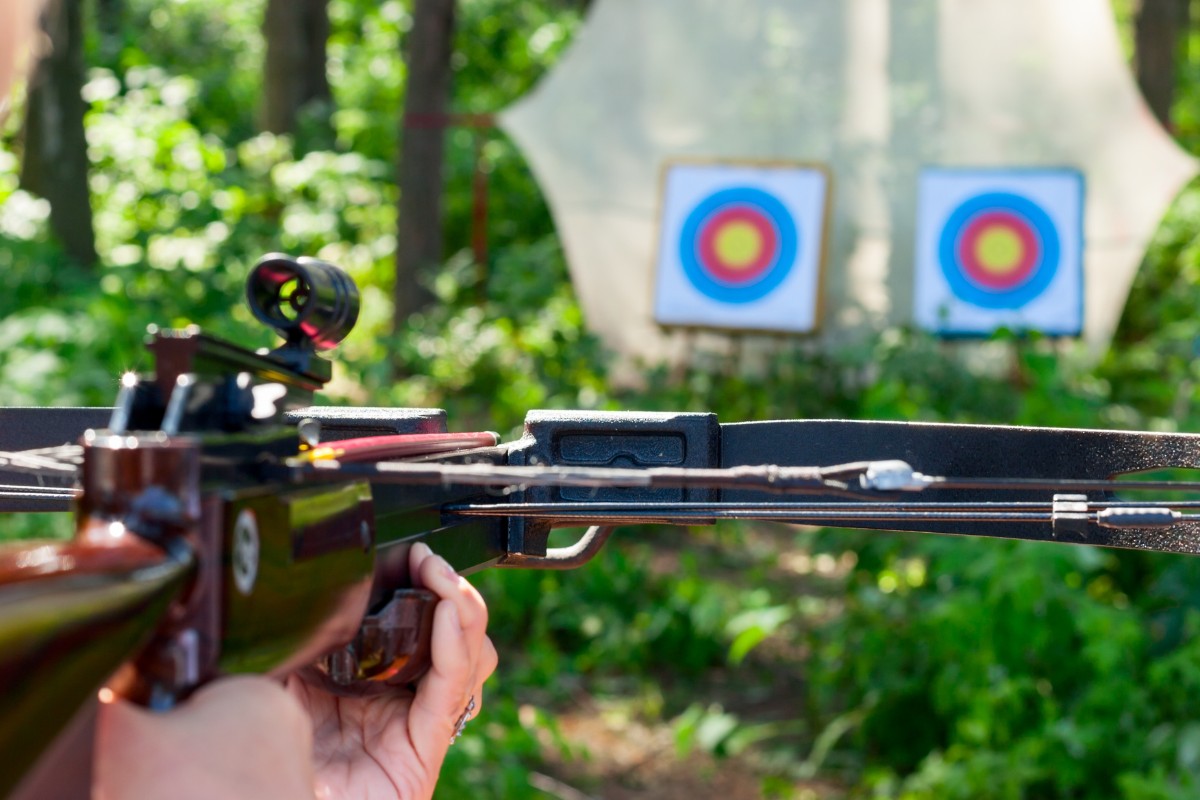Hand shock seems to be a deal breaker for some archers, while others don’t even consider it at all. It can truly derail an archer’s competition or training session.
What Is Hand Shock
Hand shock is the vibration felt on the bow caused by the residual energy remaining after releasing the arrow. It varies with the type and size of the bow. The best way to describe it is the way your hand feels when a baseball connects with a bat too close to your hands.
No bows are 100% efficient. Even the most expensive have only managed to achieve a high of 80 to 85% efficiency, so some energy is still transferred to the bow, albeit imperceptibly.
Hand shocks currently seem to be a huge deal in reviews, so this guide sheds light on them: their causes, how to reduce them, and more importantly, how much effect they have on your shooting.
What Are the Causes of Hand Shock
Even though every bow has some hand shock, some have significantly higher levels than others due to design flaws. The flaws that increase the intensity of hand shocks are:
Heavy Tips
Tips are the endpoints of the limbs, where the string attaches to the bow. When you release an arrow, the tips are supposed to return to their resting position. If your bow has heavy tips, after releasing, they move past their original position, causing the bow to jerk forward. If you haven’t held the bow well, it may fall or cause uncomfortable vibrations. Unless your bow allows you to replace the limbs, there is not much you can do about such an issue but to purchase another bow.
Flexible Inner Limbs and Stiff Outer Limbs
This problem is similar to the above in that the limbs, when the arrow is released, move past their original position. The flexible part is close to the grip, and most of the remaining energy will be concentrated in this area, causing the entire bow to bounce back and forth. It is also the same as having one limb stiffer than the other.
Low Brace Height
Brace height is the distance from the string to the deepest part of the bow grip. A low brace height means more energy is transferred to the bow. There are various advantages and disadvantages of having a low or high brace height, so you should research them and see if you can live with the trade-offs. For instance, a shorter brace means faster speed but low arrow forgiveness.
Small Risers
A large riser is capable of absorbing most of the energy that remains after releasing the arrow, delivering lower hand shocks than a smaller riser would.
How to Lessen or Reduce Hand Shock
The best way to lessen or totally eliminate the hand shock, obviously, is to purchase another bow. But the cost may be too high, and some bows are just irreplaceable. If this is your case, one of the following hacks may work for you.
Change Your Grip
There are two things about your grip that you could be doing wrong: grip position and grip technique. The grip position means where your bow hand rests. Each bow has its “grip personality” (for lack of a better word), so you should let each determine its grip. Call it surrendering to your bow. No two bows have the exact same sweet spot.
To find it, balance your bow over your shoulder with your elbow bent and limbs parallel to the ground. Lift it up and down like hoisting a weight and see where it falls naturally on your hand. There may be some truth there. You can then work the position into an actual bow grip with the string drawn.
The grip technique means the pressure and finger placement on the bow. When you hold the bow tightly, the shock won’t be felt by your hand only. It will travel past the arm into the shoulder and collarbone, or as a friend puts it – rattles his fillings. But if you don’t hold it tightly, won’t the torque push it out of the bow hand? How else do you hold it?
How to Grip Your Bow
There is no “perfect” way to hold your bow, as everyone finds their technique and perfects it. Nonetheless, there are two ways to grip it:
With an Open Hand
In this technique, your bow hand cradles the grip without wrapping your fingers around the handle. The bow is held in place by the pressure of the draw. When you release the arrow, the bow recoils away from the hand, doing away with the hand shock. If you are fast enough, or your bow is heavy, you will be able to wrap your fingers around it before it leaves the hand.
The best way to keep it in place is by either a finger or a wrist sling. They are pretty affordable, and you can make one yourself.
With a Closed Hand
This technique is intended for stick bows, as they are significantly lighter than compound bows, so they can leave the hand easily. As you draw, wrap your fingers around the bow lightly such that you leave a small wiggle room, but still tight enough to keep it in your grip. When you release, the bow will rattle around in the wiggle room, giving you reduced vibrations.
You can also change your grip by wrapping, say, a used baseball bat tape around the grip. Sure, it won’t lessen the shock or the noise of the bow, but it will reduce the amount sent to your hand. Also, the grip will feel better because of the tape’s thickness.
Change Your Brace Height
If changing your grip doesn’t work for you, this could do it. Unfortunately, you cannot change the brace height of compound bows, but they generally come with the recommended height of 7 inches. But this is not the case with recurve bows.
You can adjust the brace height of most recurve bows by twisting or untwisting the string. Keep in mind that most manufacturers have their recommended heights. You can check out the recommended sizes for most bows on the Black Widows website.
Heavier Arrows
Another reason for the hand shock may be you are not using heavy enough arrows, especially if your bow has a heavy draw weight. The solution is as simple as replacing them.
String Alignment
If the string alignment is not right, it can lead to a thumpy shot feeling. Check to see if it runs through the middle of the grip and tune it if not.
Bend the Arm
Bending your bow arm a little helps absorb some of the shocks.
Tiller Distance
Tiller is the distance from the lower or upper limb to the string. The brace height is the midpoint between the upper limb tiller and the lower limb tiller. The hand shock is increased if the two distances are not the same.
Measure the two and make the necessary adjustments if any.
Silencers
You could also try silencers. They help the string and limbs decelerate gently as the bow returns to brace. You can make them for yourself using this procedure or purchase them.
Related Questions
Does Hand Shock Affect Accuracy
No, it doesn’t. If it did, there wouldn’t be Olympic-level archers who use traditional bows, which are notorious for their vibrations. By the time you feel the shock, the arrow is long gone. Your accuracy is determined by your mindset, so you will only mess it up when you worry about hand shock and try to compensate for it.
Besides, most of today’s bows have very little to no vibrations, so you don’t have to worry about it too much unless you prefer the traditional ones. Many archers like it when their bows give a little feedback and still they hit the target every time. But this is only when they are at an archery range. In a hunting situation, however, the point is to be as silent as possible, so a traditional bow may not be ideal.
Final Thoughts
Hand shock is the vibration you feel on your bow hand after you have released the arrow. Most of the causes of hand shock can be corrected by simple hacks as detailed above.
However, there are some cases, for instance, if you have a recurve bow that can’t be taken down for adjustments, or a compound bow, you will have to replace the entire thing if it gets too uncomfortable.
